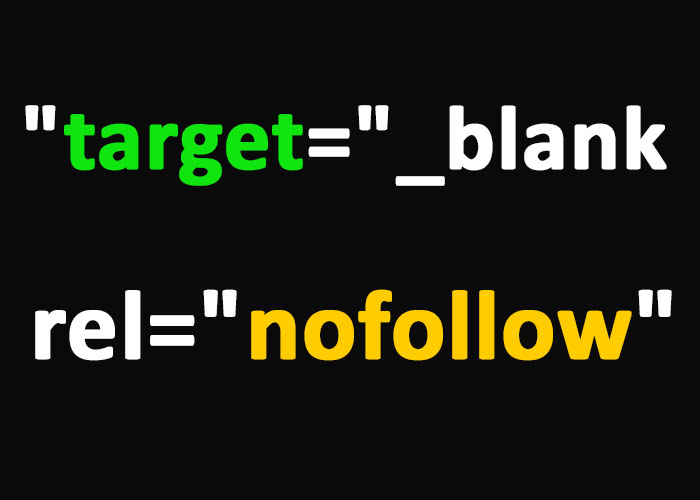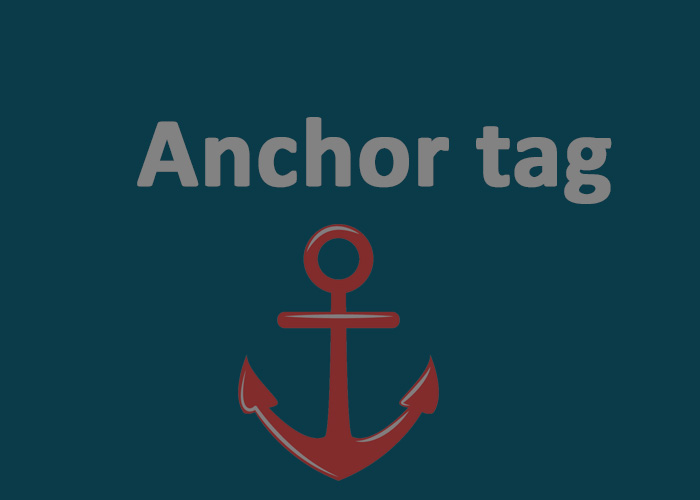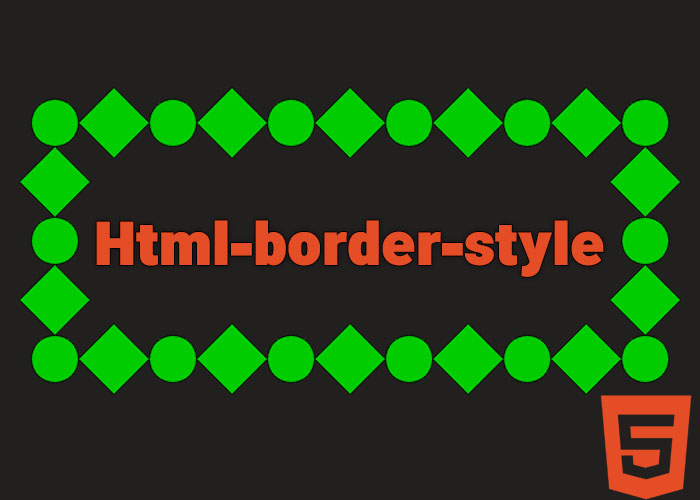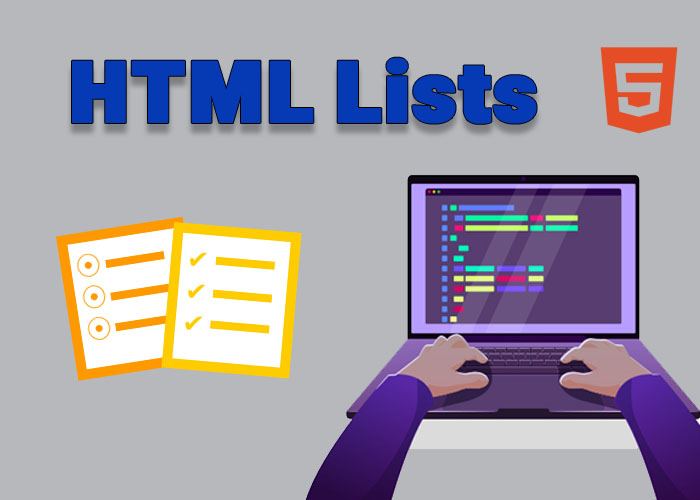When working with HTML links, the target and rel attributes are powerful tools that allow you to control how and where your links are opened, as well as to improve the security, SEO, and user experience of your website. These attributes help developers create more dynamic, secure, and user-friendly web pages. They provide greater control over link behavior, allowing developers to optimize how links interact with users and external content. In this guide, we'll dive into the uses of these attributes, explain how they work in detail, and provide practical examples that will help you utilize them effectively in your web projects.
To explore more about HTML fundamentals, be sure to visit our "What is HTML? A Comprehensive Guide". You might also find our guide on "HTML Link Tag: A Comprehensive Guide" useful for a deeper understanding of linking in HTML.
The target Attribute
The target attribute of the <a> tag defines where the linked document should open (e.g., a new tab, the same tab, or a parent frame). It can be especially useful when you want to provide a specific user experience, such as keeping your original webpage open while directing a user to a new one in a different tab or window. By controlling where links open, you can improve user flow, maintain engagement, and even influence how users interact with external content.
Common Values of the target Attribute
The target attribute has several possible values, each of which changes the way the linked document behaves when clicked.
_blank: Opens the link in a new browser tab or window. This is particularly useful when linking to external resources, allowing users to remain on your site while exploring other content, which can help maintain user engagement and reduce bounce rates.
_self: Opens the link in the same tab (default behavior if target is not specified). This value is commonly used for internal site navigation where you do not want multiple tabs opened.
_parent: Opens the link in the parent frame, if the document is inside an iframe. This value is ideal for breaking out of nested frames and ensuring that the content is displayed in a broader context.
_top: Opens the link in the full body of the window, which can be useful if your webpage is within a nested frame structure. This attribute helps to override frames and take the user to the top-level window.
Example Usage of target
Here are some practical examples demonstrating different values of the target attribute:
Example 1: Opening in a New Tab
<a href="https://dotnetteach.com" target="_blank">Visit DotNet Teach in a New Tab</a>In this example, the target="_blank" attribute ensures that the link opens in a new tab, preserving the original page. This is especially useful when linking to external websites, as it maintains user engagement on your site.
Example 2: Default Behavior (_self)
<a href="https://dotnetteach.com">Visit DotNet Teach in the Same Tab</a>Here, the link opens in the current tab since _self is the default behavior if no target attribute is specified. This behavior is typically used for internal links where maintaining the same browsing context is beneficial.
Example 3: Opening in the Parent Frame
<a href="https://dotnetteach.com" target="_parent">Open in Parent Frame</a>This value is particularly useful if you are working within iframes and want to ensure the link opens in the broader parent frame rather than being confined to the iframe.
The rel Attribute
The rel attribute describes the relationship between the current document and the linked document. It can also influence SEO performance and user privacy, helping search engines understand link context and ensuring that user data is appropriately managed. It helps with both SEO and security and is particularly useful when combined with the target attribute to improve web application safety and search engine ranking. The rel attribute can also enhance user experience by controlling how linked pages interact with the current page.
Common Values of the rel Attribute
noopener: Prevents the new page from being able to manipulate the window.opener property. This is crucial for security when using target="_blank". Without noopener, the new page could potentially run JavaScript to alter the original page, which could be exploited by malicious sites.
noreferrer: Prevents the browser from sending information about the referrer URL to the linked page. This can be helpful for privacy, as it ensures that the destination site cannot see where the user came from.
nofollow: Instructs search engines not to follow this link, which can be used when linking to untrusted or irrelevant content. This helps in managing link equity and prevents passing value to certain external pages, improving overall SEO strategy.
ugc (User Generated Content): Indicates that the link was generated by users, often used for comments or forums. This tells search engines that the link may not be a trusted endorsement by the site owner.
external: Specifies that the link leads to an external site. This can be used to provide additional context, especially when working with accessibility tools or link management plugins.
Example Usage of rel
Example 1: Using rel="noopener noreferrer" for Security
<a href="https://dotnetteach.com" target="_blank" rel="noopener noreferrer">Visit DotNet Teach Securely</a>In this example, the rel="noopener noreferrer" ensures that the new page cannot access the window.opener property, which helps protect against certain types of phishing attacks. This combination (target="_blank" with rel="noopener noreferrer") is highly recommended for security when linking to external sites.
Example 2: Using rel="nofollow" for SEO
<a href="https://external-site.com" rel="nofollow">Visit an External Site</a>In this example, the rel="nofollow" attribute tells search engines not to pass link equity to the external website. This is particularly useful when linking to untrusted or paid content to prevent giving SEO credit to these links. This way, you can ensure that your SEO strategy remains focused on quality content.
Example 3: Using rel="ugc" for User-Generated Content
<a href="https://user-link.com" rel="ugc">User Shared Link</a>This example uses rel="ugc" to indicate that the link was added by a user, such as in a blog comment or forum post. This helps search engines understand that the link is not a direct endorsement by the website.
Combining target and rel Attributes
Using the target and rel attributes together helps improve both user experience and security. Whenever you use target="_blank", it's generally a best practice to add rel="noopener noreferrer" as well, to ensure that the linked page does not have access to the current page, preventing potential security risks like phishing or malicious manipulation of the original page.
Example: Combining target and rel
<a href="https://dotnetteach.com/blog/html-link-tag-guide" target="_blank" rel="noopener noreferrer" title="Learn more about HTML link tags">Learn About HTML Link Tags</a>target="_blank" opens the link in a new tab, offering a seamless user experience when exploring external content.
rel="noopener noreferrer" ensures that the newly opened page cannot modify or interact with the original page, protecting against malicious attacks.
title adds a tooltip to provide additional context to users, enhancing accessibility and user experience.
For more information about using the <a> tag effectively, check out our "HTML Link Tag: A Comprehensive Guide".
Practical Considerations for target and rel
User Experience: The target="_blank" attribute can be beneficial when you want users to explore content without losing their original place on your website. For example, when linking to an external resource, keeping your own website open in the original tab can help maintain user engagement and reduce bounce rates.
Security: Always use rel="noopener noreferrer" when using target="_blank". This prevents malicious pages from taking control of the referring page, ensuring a safer user experience. Not using noopener could leave your site vulnerable to window manipulation attacks, which are a common security risk when linking to untrusted external pages.
SEO: The rel="nofollow" attribute can be used for links that you do not want to endorse, such as links to untrusted sites or advertisements. This helps you maintain good SEO practices without negatively affecting your website's credibility. Using nofollow strategically helps search engines better understand your site’s linking priorities and prevents dilution of your link equity.
Accessibility: Adding clear descriptions using the title attribute or accessible text helps users understand the destination of links. This is especially important when using target="_blank", as users should be informed that a link will open in a new tab.
Conclusion
The target and rel attributes play an important role in defining how hyperlinks behave and how they interact with both the user and search engines. By understanding and using these attributes properly, you can improve the user experience, boost your website's security, and make better SEO decisions. Whether you are aiming to optimize navigation, secure your content, or improve your SEO practices, these attributes offer significant control over how your links perform and how users interact with them.
To dive deeper into HTML and learn more about linking, be sure to explore our guides: "What is HTML? A Comprehensive Guide" and "HTML Link Tag: A Comprehensive Guide". Feel free to leave a comment if you have any questions or thoughts on using target and rel attributes in your links!x





